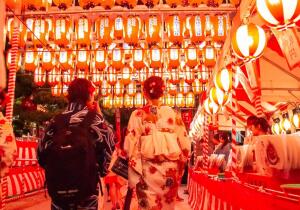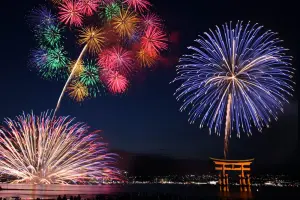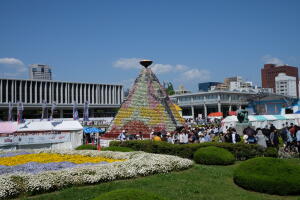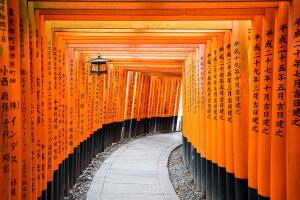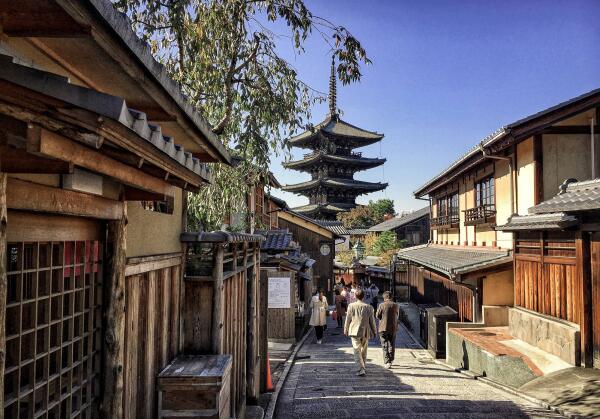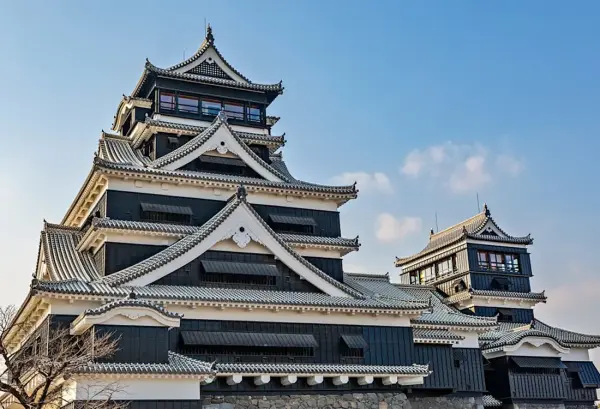In Hiroshima, you’ll find the largest tram network in Japan, with eight lines connecting Hiroshima Station to many of the city’s main attractions. Tram Line 2 runs to Miyajima-guchi, where ferries depart for Miyajima Island. A single tram ride costs 240 yen, and the Japan Rail Pass is not valid on trams.
You can use IC cards such as Suica and Icoca to pay for trams, buses, and the ferry to Miyajima. A one-day tram pass costs 700 yen, and for an additional 300 yen, you can purchase a pass that also includes the ferry ride. The Hiroshima Sightseeing Loop Buses (Meipuru-pu) cover central Hiroshima’s top sights. A one-day bus pass costs 600 yen, or 240 yen per ride.
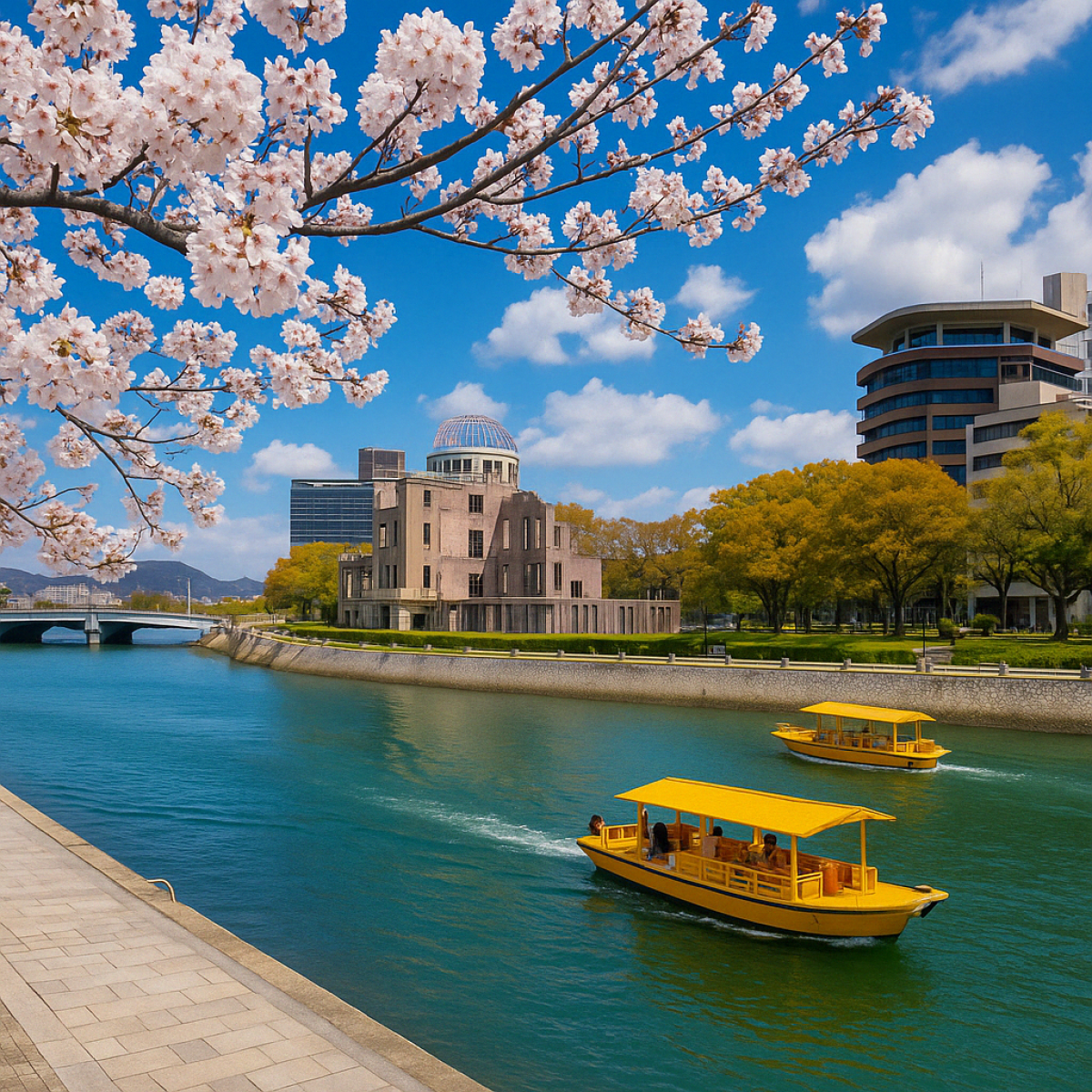
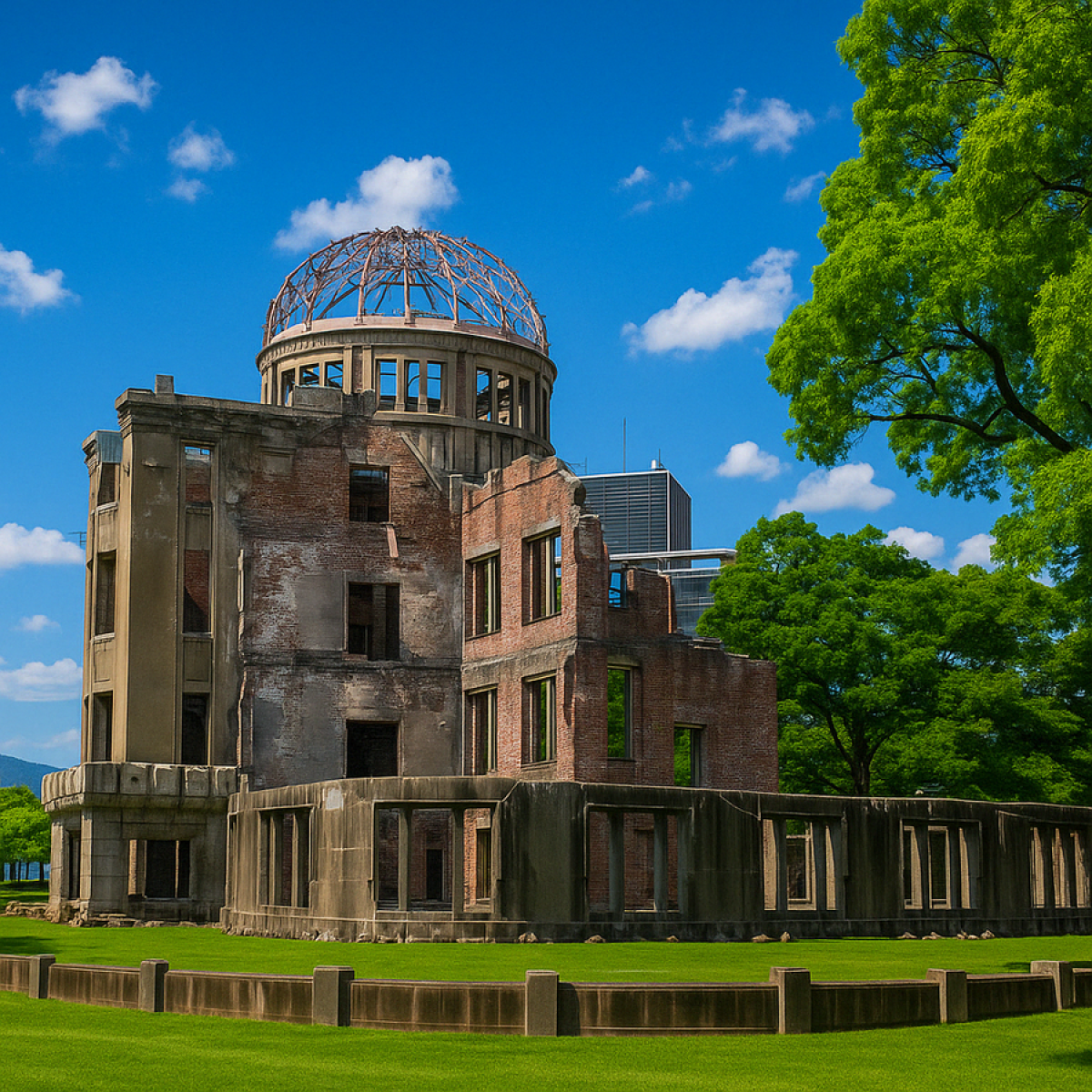
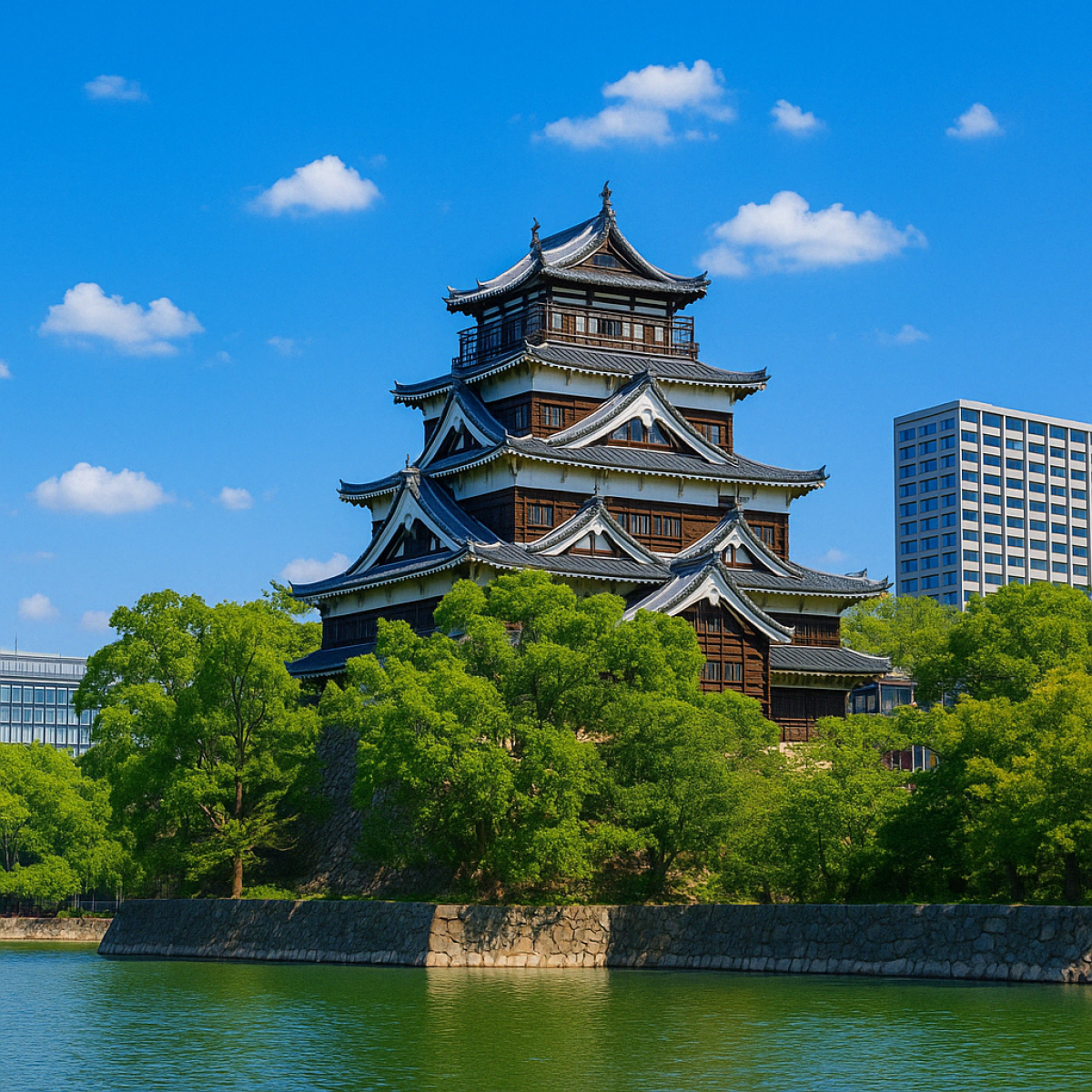

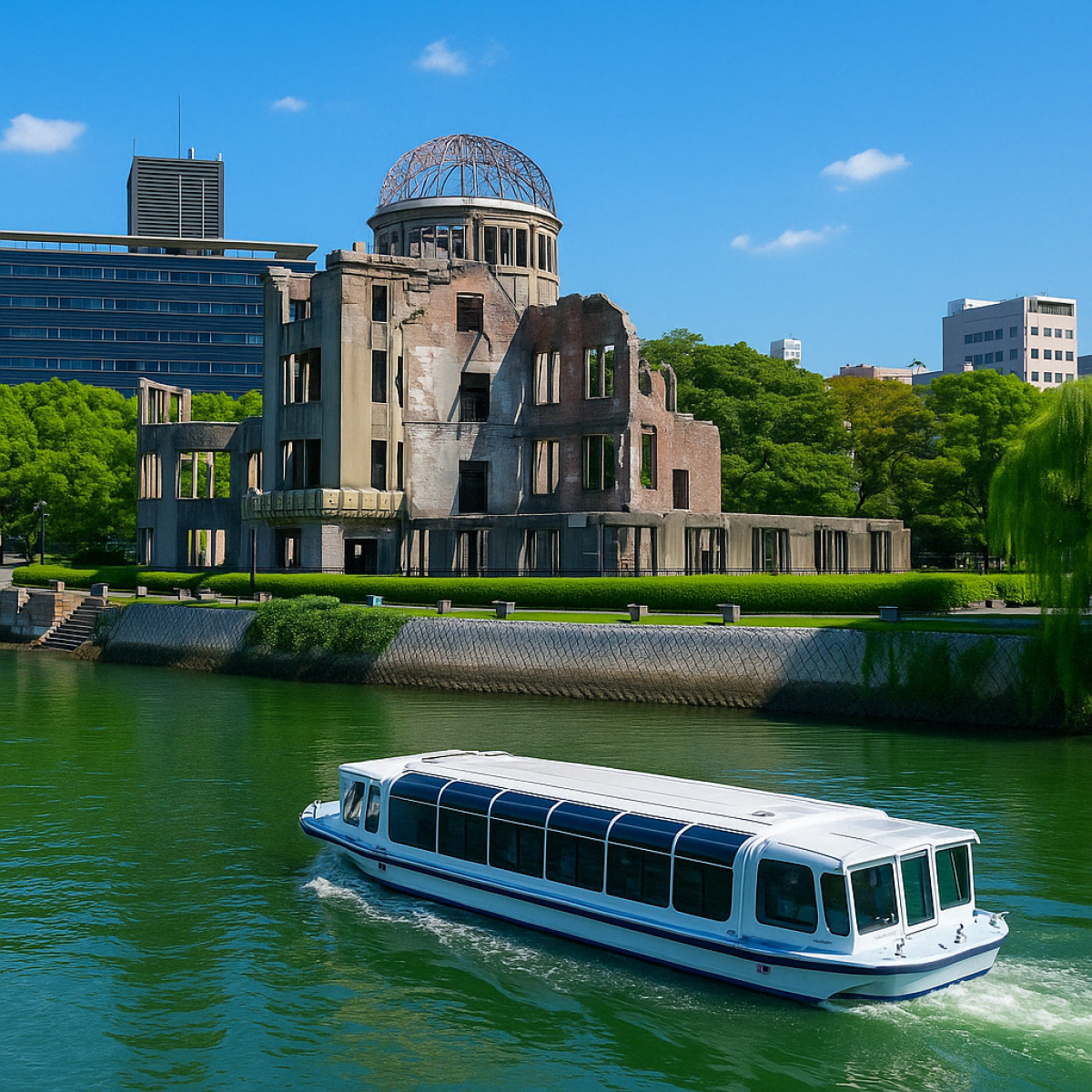
Hiroshima Travel Tips
Hiroshima (広島), the largest city in Japan’s Chugoku Region, is a vibrant urban center with a population of over one million. Although it is known worldwide for the atomic bombing on August 6, 1945, Hiroshima’s story is far more than one of destruction. The bomb devastated the city center, obliterating everything within a two-kilometer radius and causing unimaginable loss. Yet out of this catastrophe emerged a powerful narrative of survival, resilience, and renewal. With unwavering determination, Hiroshima’s people undertook the immense task of rebuilding, transforming their shattered city into a global symbol of peace and progress.
Today, Hiroshima presents a compelling blend of remembrance and revitalization. At its heart is the Hiroshima Peace Memorial Park, located near the blast’s epicenter, which embodies the city’s enduring message to the world. Within the park stands the haunting A-Bomb Dome—a preserved ruin and UNESCO World Heritage Site—surrounded by museums, monuments, and memorials that educate and inspire. Beyond its legacy of peace advocacy, the city features cultural treasures like the reconstructed Hiroshima Castle and the serene, beautifully landscaped Shukkeien Garden. Together, these sites invite visitors to reflect on Hiroshima’s tragic past while experiencing its enduring hope, beauty, and vision for a better future.
Getting around
Attractions
See all- Districts:
- Hiroshima Downtown
-
 1Hiroshima Castle
1Hiroshima CastleHistoric castle, atomic bomb survival
5.0 ★ ★ ★ ★ ★ -
 2Hiroshima Peace Memorial Museum
2Hiroshima Peace Memorial MuseumReflection on atomic bombing and peace
5.0 ★ ★ ★ ★ ★ -
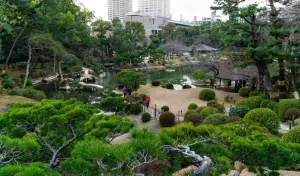 3Shukkeien Garden
3Shukkeien GardenMiniature scenic landscapes, historic garden
-
 4Hiroshima Peace Memorial Park
4Hiroshima Peace Memorial ParkHistoric atomic bomb memorial site
5.0 ★ ★ ★ ★ ★ -
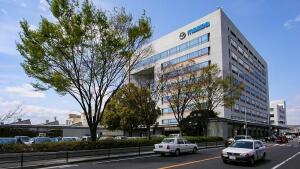 5Mazda Museum
5Mazda MuseumInnovative car manufacturer, Le Mans winner
-
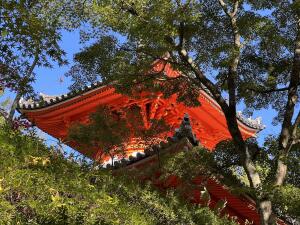 6Mitaki-Dera Temple
6Mitaki-Dera TempleCherry blossoms, autumn leaves, spiritual retreat
-
 7Haigamine Observatory
7Haigamine ObservatoryBreathtaking panoramas, top night views
-
 8Hondori Street
8Hondori StreetLively shopping street, local atmosphere
-
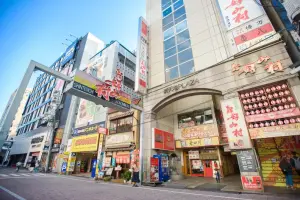 9Okonomimura
9OkonomimuraHiroshima-style okonomiyaki, food hub
5.0 ★ ★ ★ ★ ★
Events
See allItineraries
Nearby
See all-
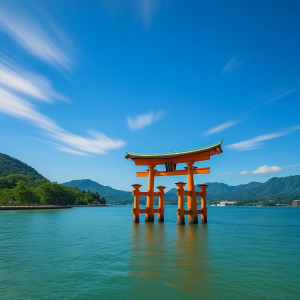 1Miyajima Island
1Miyajima IslandFamous for its floating torii gate
-
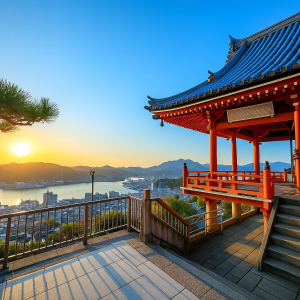 2Onomichi
2OnomichiFamous for its Temple Walk and scenery
-
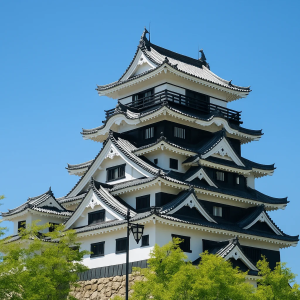 3Fukuyama
3FukuyamaFamous for Fukuyama Castle and Tomonoura
-
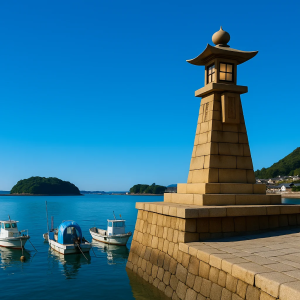 4Tomonoura
4TomonouraPicturesque, old-fashioned fishing town
-
 5Yamaguchi City
5Yamaguchi CityPleasant city at the western end of Honshu
-
 6Onomichi
6OnomichiFamous for its Temple Walk and scenery
-
 7Matsuyama
7MatsuyamaLargest city of Shikoku with a beautiful castle
Reviews
-
5/5 - Excellent
Hiroshima is a city that truly leaves an impression. The Peace Memorial Park and Museum are both moving and informative, offering a powerful reminder of the city's tragic past and its resilience. Walking around the Atomic Bomb Dome is an emotional experience, and the surrounding park provides a peaceful atmosphere for reflection. Don't miss Miyajima Island, with its iconic torii gate in the sea and beautiful hiking trails. Hiroshima is a perfect blend of history, culture, and nature—definitely worth a visit.
4 months ago — by Wesley
